Two months after a safety audit flagged serious risks at Dundee’s revamped Swallow Roundabout, no action has been taken – and no one is explaining why.
That’s not just frustrating. It’s unacceptable.
The audit, only released after a Freedom of Information (FOI) request, reveals worrying concerns about the road markings and signage, including the possibility of “shunt-type collisions” due to confusing lane directions.
This only confirms what any driver unlucky enough to encounter the new layout already knew: it’s counter-intuitive, disruptive, and potentially dangerous.
To be clear, the purpose behind the junction redesign was sound.
The rising traffic associated with the adjacent Western Gateway housing development means improvements were certainly needed.
And the introduction of pedestrian crossings has made the roundabout safer for those on foot – a vital and welcome step.
But that does not excuse the clear flaws in implementation or the lack of urgency in fixing them.
There are now three pressing questions that demand immediate answers:
- Are drivers currently at risk?
- Who is responsible for addressing the safety issues raised?
- And why has there been no progress two months after the audit was completed?
In the meantime, the economic and environmental costs are stacking up.
‘Lack of accountability startling’
Queues now regularly stretch back on the northbound approach to Dundee, affecting the daily commutes of workers, delaying deliveries and potentially hampering access to nearby Ninewells Hospital.
These are not minor inconveniences. They strike at the heart of business productivity, public service reliability and regional mobility.
And then there is the environmental toll.
Stationary traffic on the A90 – one of Scotland’s key arterial routes – means hundreds of cars idling for extended periods.
That contributes to increased emissions at a time when we should be doing everything possible to reduce them.
The Swallow Roundabout is not just a local pinch point.
It sits on the main route between Scotland’s central belt and the north east. That makes the lack of accountability over its current state even more startling.
Who is taking responsibility?
Springfield Properties commissioned the safety audit, but stress they followed Transport Scotland-approved designs.
Transport Scotland has remained largely silent.
Amey, as the trunk road operating company, also has a role but their position remains unclear.
Each points to a process. None provides a timetable.
The result is a dangerous sense that this is a major road project with no one at the wheel – an unsettling prospect when public safety, economic disruption and environmental damage are all at stake.
‘Bureaucratic mumbo jumbo’
The audit authors make sensible suggestions – such as adjusting the lane markings to prevent drivers becoming “trapped” in the wrong lane – but, as far as we know, nothing has yet been implemented.
Residents, commuters and local businesses deserve better.
If safety experts are highlighting risk, action should follow – not bureaucratic mumbo jumbo and inertia.
This is not just about the road layout. It’s about the public’s right to be safe and well-informed when using critical infrastructure.
The Courier will continue to press for answers. But those in authority should not need prompting.
Transparency, urgency and responsibility are the least the public should expect. It’s time they got it.
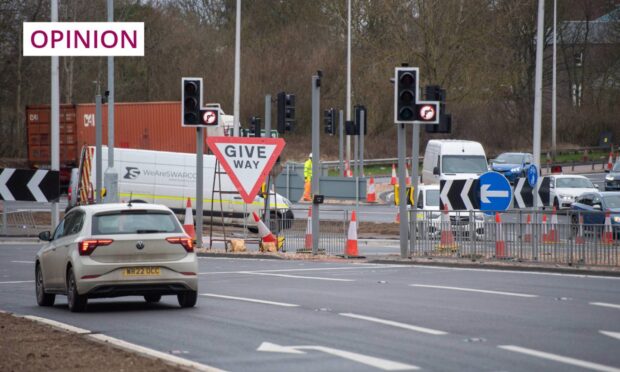
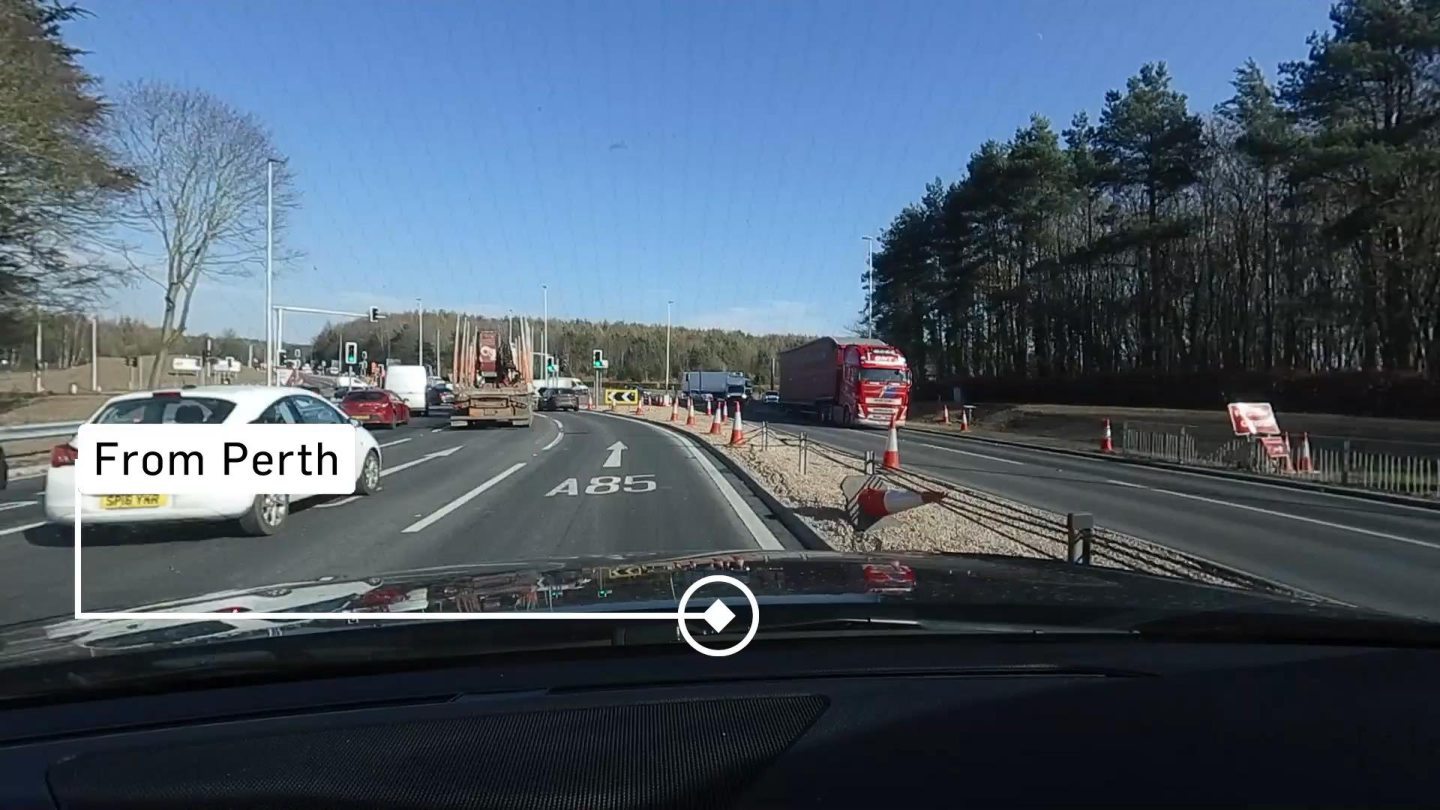
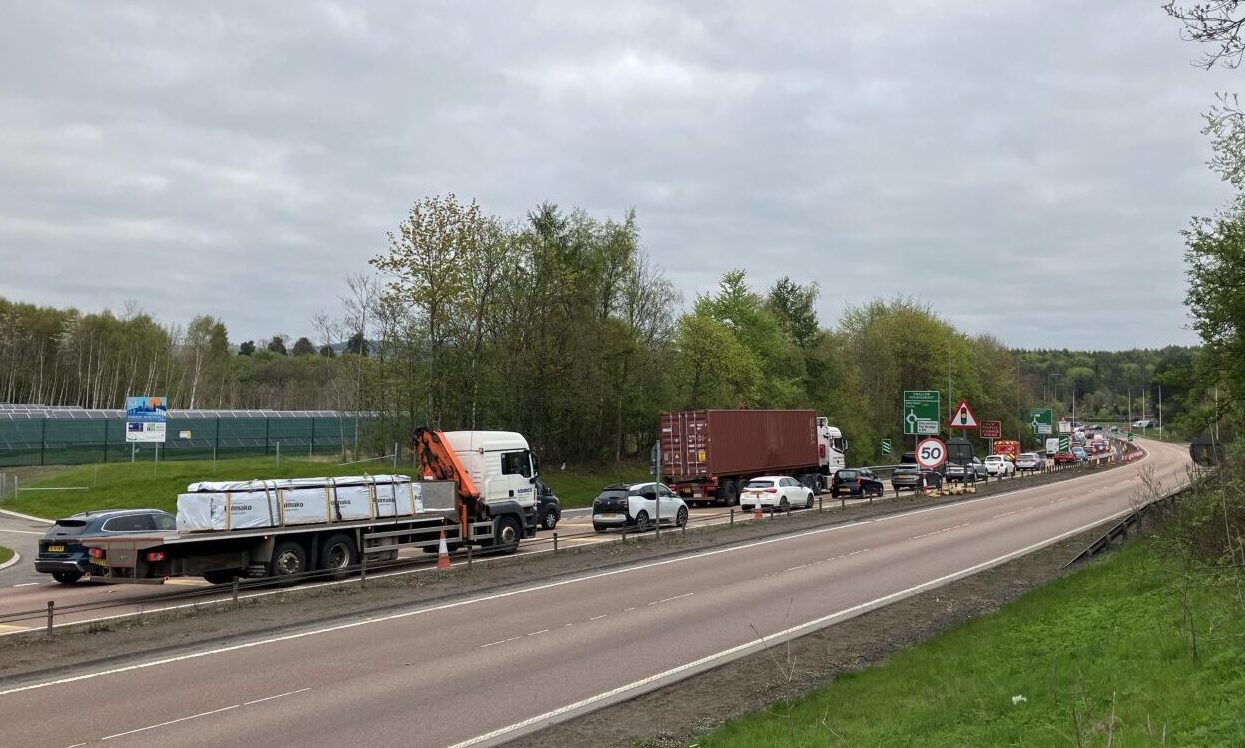
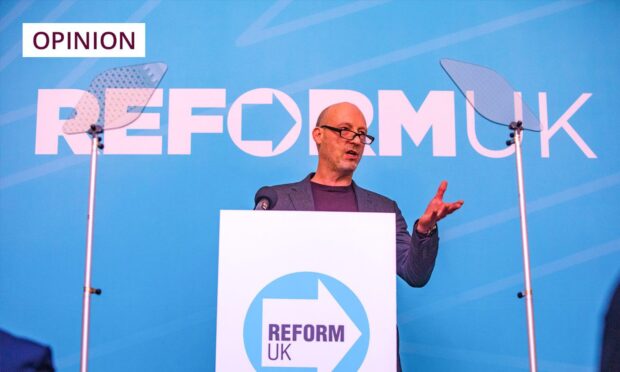
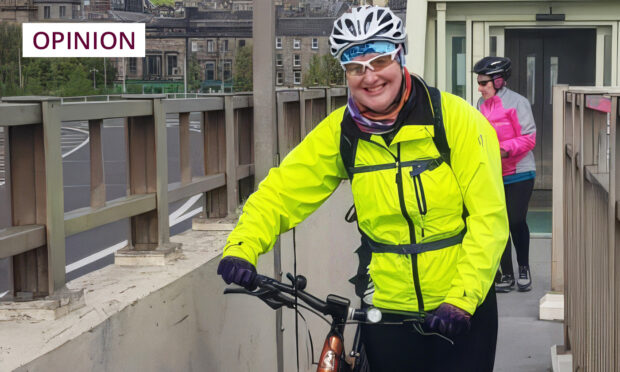
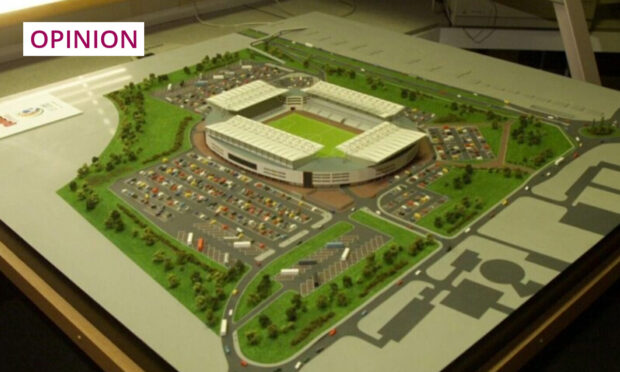
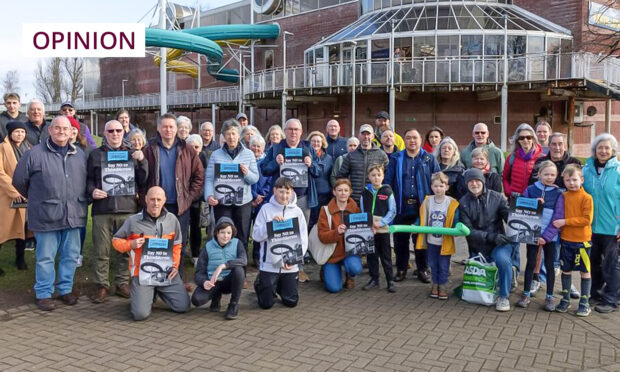
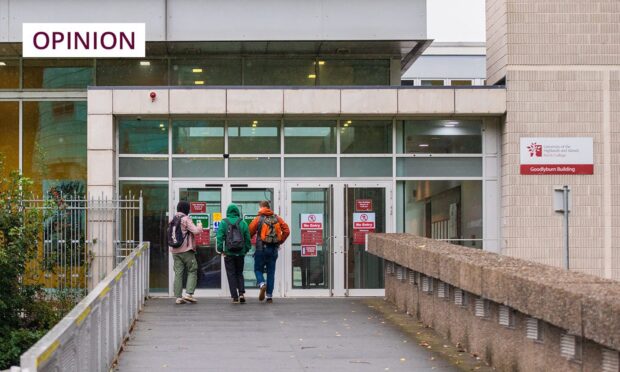


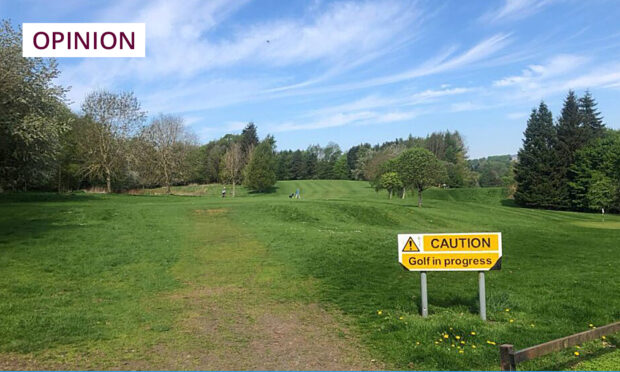

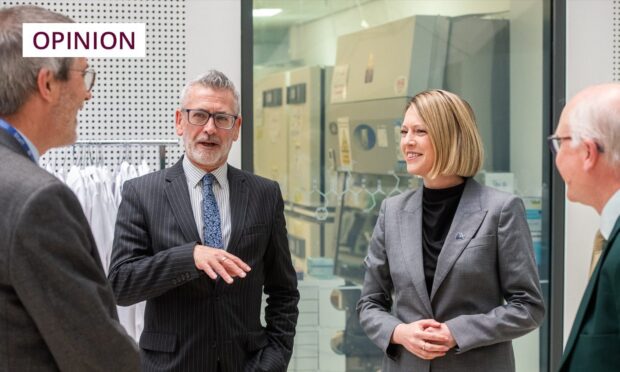
Conversation